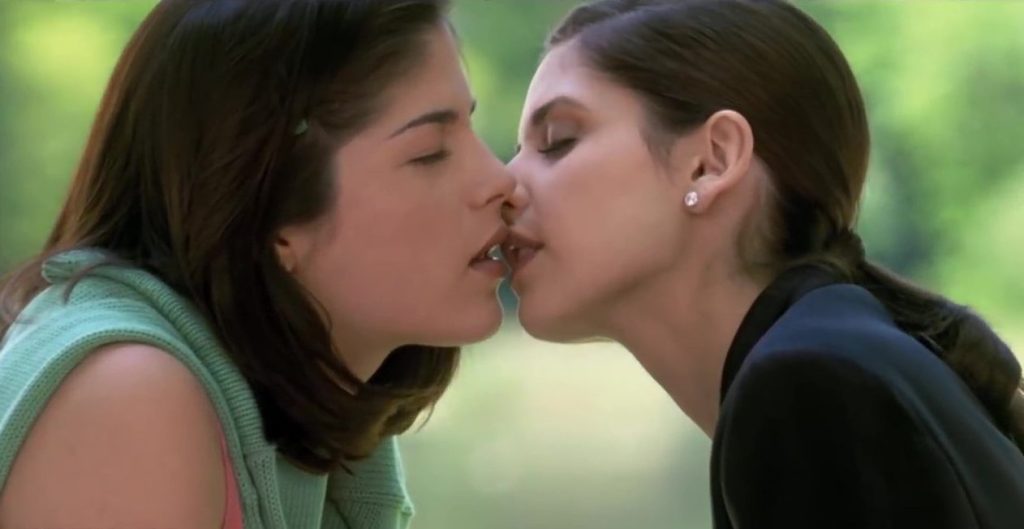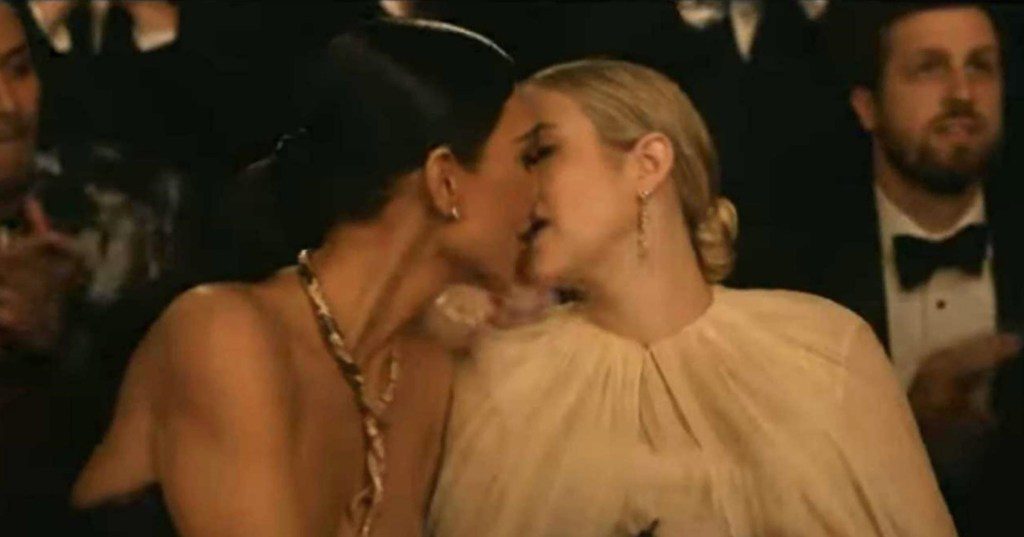
Emma Roberts and Kim Kardashian recently made headlines for sharing a passionate onscreen kiss in a recent episode of American Horror Story.
The kiss is meant as a shocking power play between the two stars’ characters. Robert’s character wins an Oscar while going into labour, and Kardashian, who plays her publicist, kisses her before she goes up to accept the award.
It adds to a long list of on-screen girl-on-girl kisses that are intended to be anything from surprising and sexy to menacing and edgy – but almost never romantic.
While more and more women kissing and even sex scenes have been featured in movies and TV shows over recent years – a phenomenon that’s been celebrated as a representational victory for the LGBTQ+ community – it’s time we recognize some glaring problems with the way our culture portrays women’s physical intimacy.
It’s rare that two women kiss on screen in a moment of genuine connection, and even rarer that there isn’t a sense of male fetishization imbued. When movies or TV is made that focus on romantic and sexual relationships between women, they’re all about sex, without bothering with much character development, romance, or even plot.
Even worse, on screen female kisses are often between straight women and intended for the enjoyment of men or to signal a sort of rebelliousness.
Using Kardashian and Robert’s kiss as an example, their characters are not portrayed as queer or romantically interested in each other, which would be fine had the kiss served some other purpose in the plot. Instead, it seems to exist purely for a moment of shock and titillation within the world of the show.
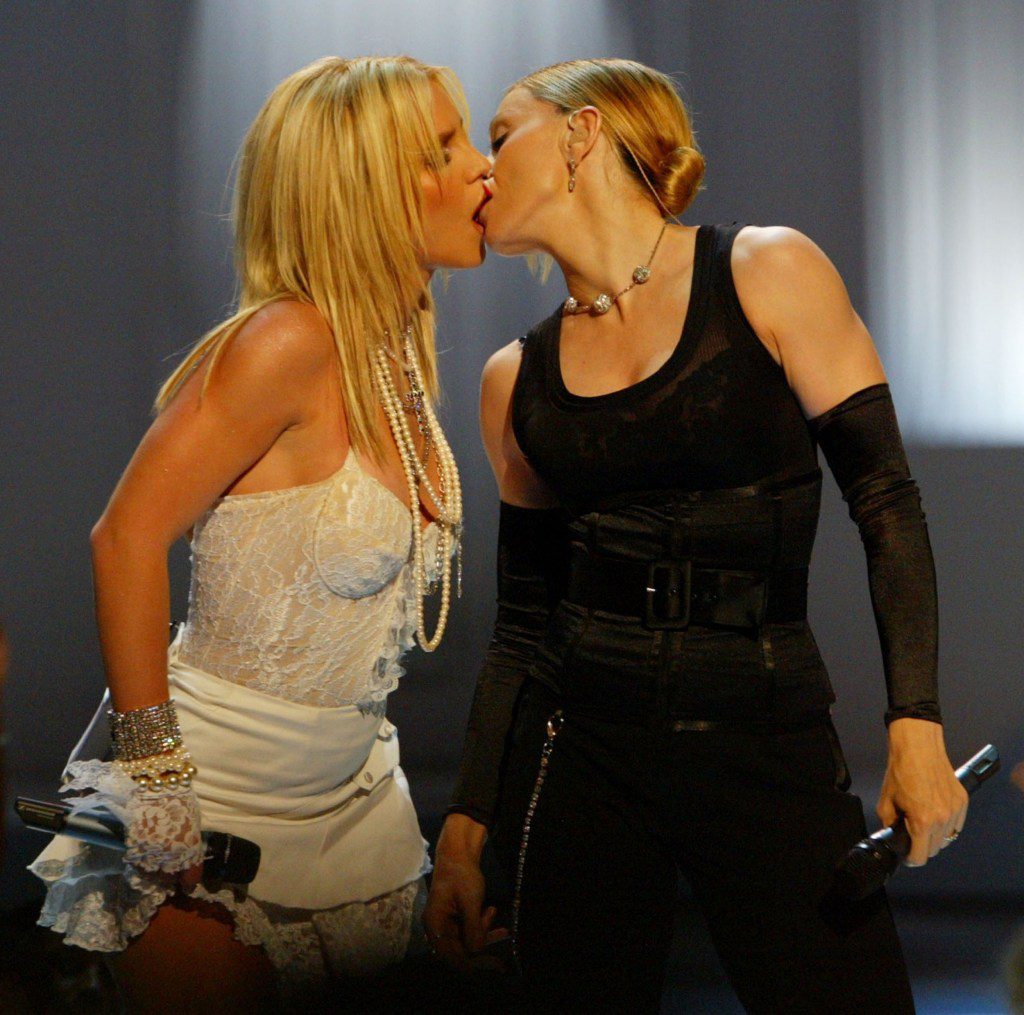
The moment closely mirrors other famous real-life female kisses, like when Madonna kissed Britney Spears at the 2003 MTV Video Music Awards, shocking the world and causing a moral panic, or when Sandra Bullock and Scarlett Johansson kissed in 2010 at the MTV Movie Awards.
Neither of these instances can realistically be read as genuine moments of affection but instead as performative attention grabs between straight women meant to cause a stir and indicate a kind of edginess.
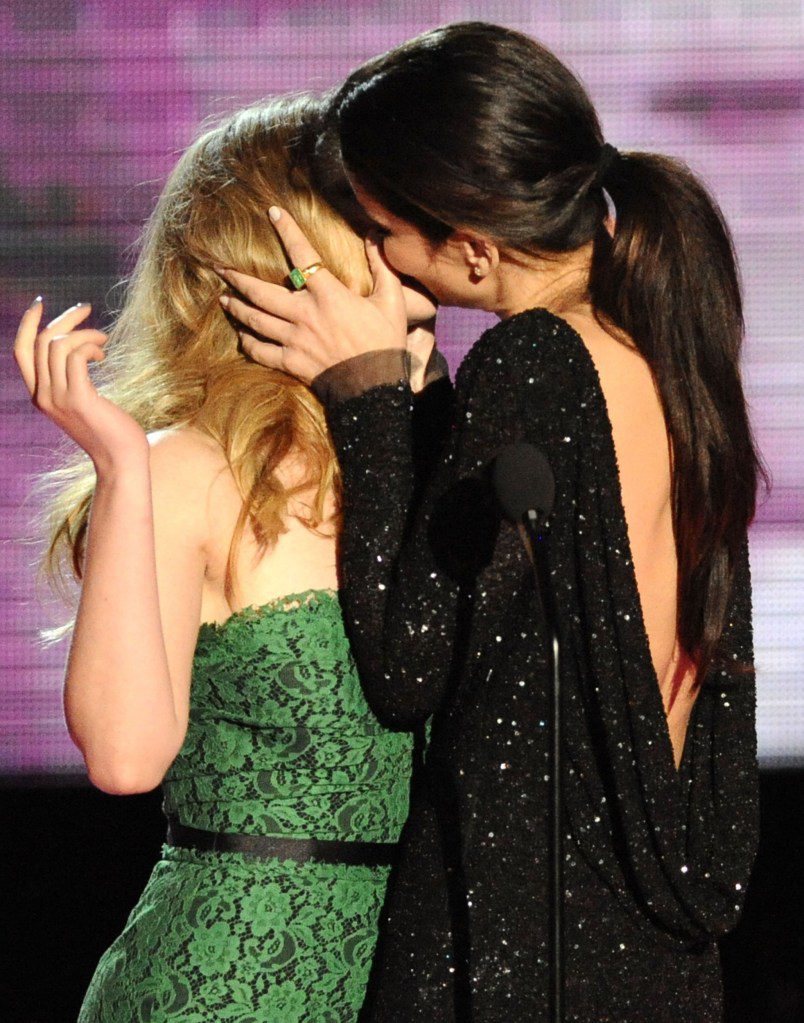
This is true of famous fictional examples as well, like the much-discussed kiss between Megan Fox and Amanda Seyfried in Jennifer’s Body.
The scene, in which Fox’s character seduces Seyfrieds, is intended as a threat and a moment of possessiveness more than anything tender or emotionally expressive. While it’s an affective moment in the film, it’s certainly not representational of healthy gay intimacy.
Another famous example is the kiss between Sarah Michelle Gellar and Selma Blair in the 1999 teen drama Cruel Intentions. Gellar’s character bullies and belittles Blair’s character throughout the film before unexpectedly kissing her in a twisted moment.
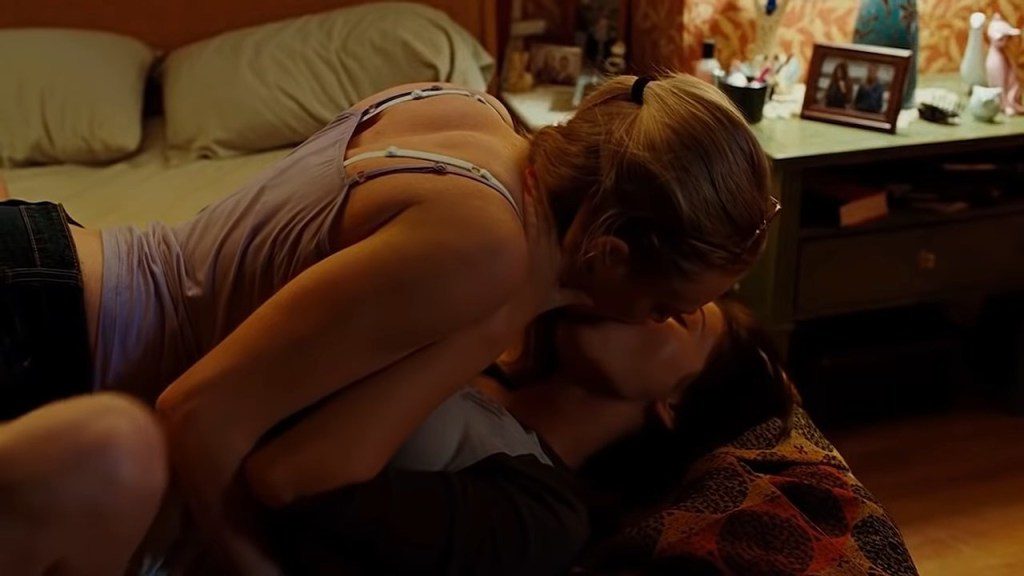
The scene won the Best Kiss prize at the MTV Movie Awards in 2000 and was widely talked about when the movie was released.
Blair later shared thoughts on the scene, saying: ‘I think the reason the kiss has resonated with people for so long is not just for the initial shock but because it was a catalyst for many young people to help them realize certain aspects of their sexuality and help make people comfortable to be who they really are.’
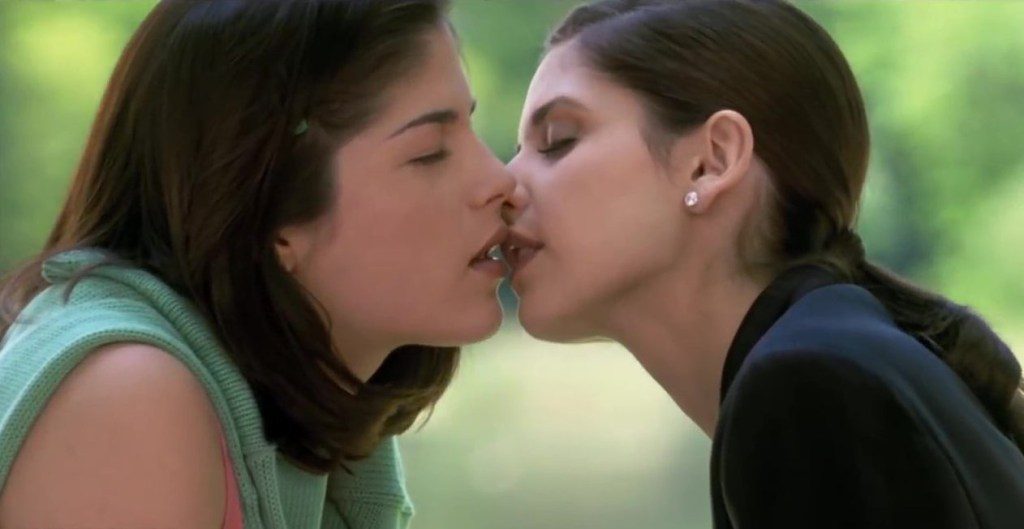
While Blair likely isn’t incorrect that a lot of young people were inspired by the famous moment, one has to wonder what young gay women learn when the only representation available to them is moments as dark or intentionally shocking as the kiss in Cruel Intentions.
While straight people have many examples of intimacy that’s shared lovingly between two people in private, examples of kisses between two women are almost always portrayed as sinister, shocking, performative, or for the purpose of gaining male attention.
So before people continue to celebrate Kardashian and Robert’s onscreen kiss as a win for LGBTQ+ representation, it’s worth considering whether women-loving women are being forced to accept the bare minimum.





